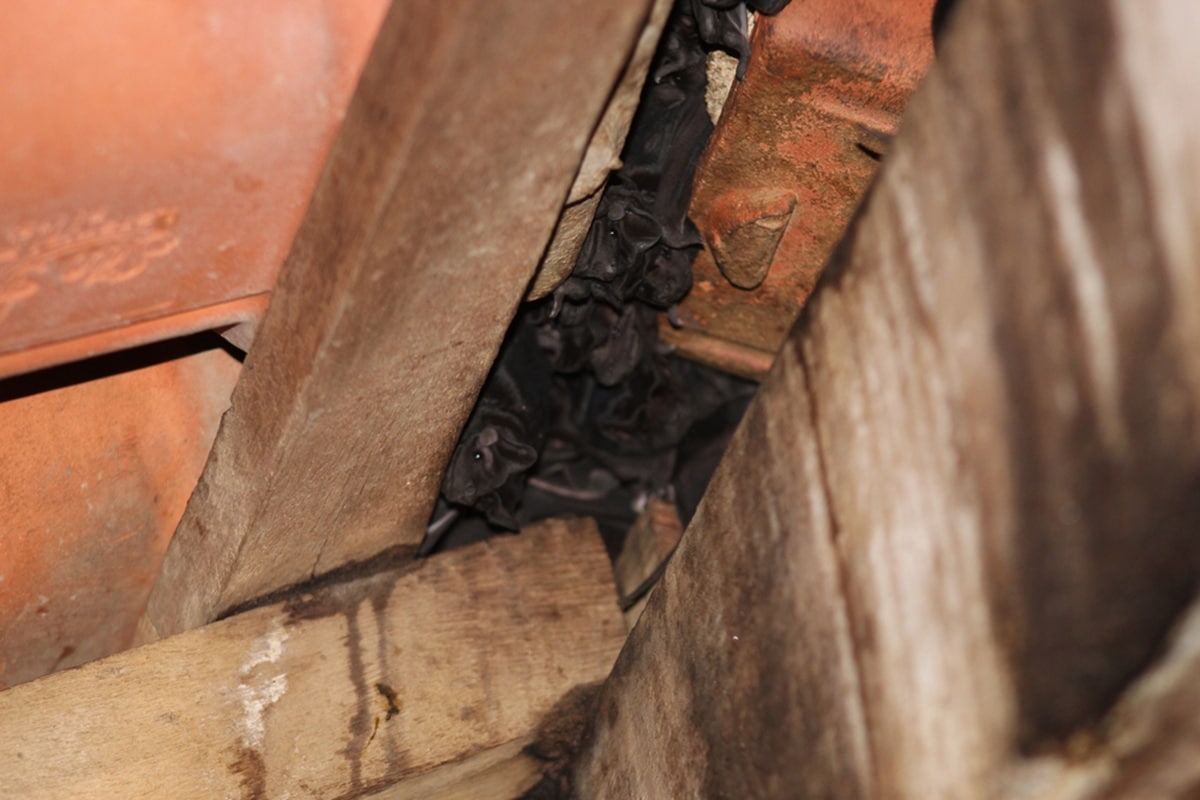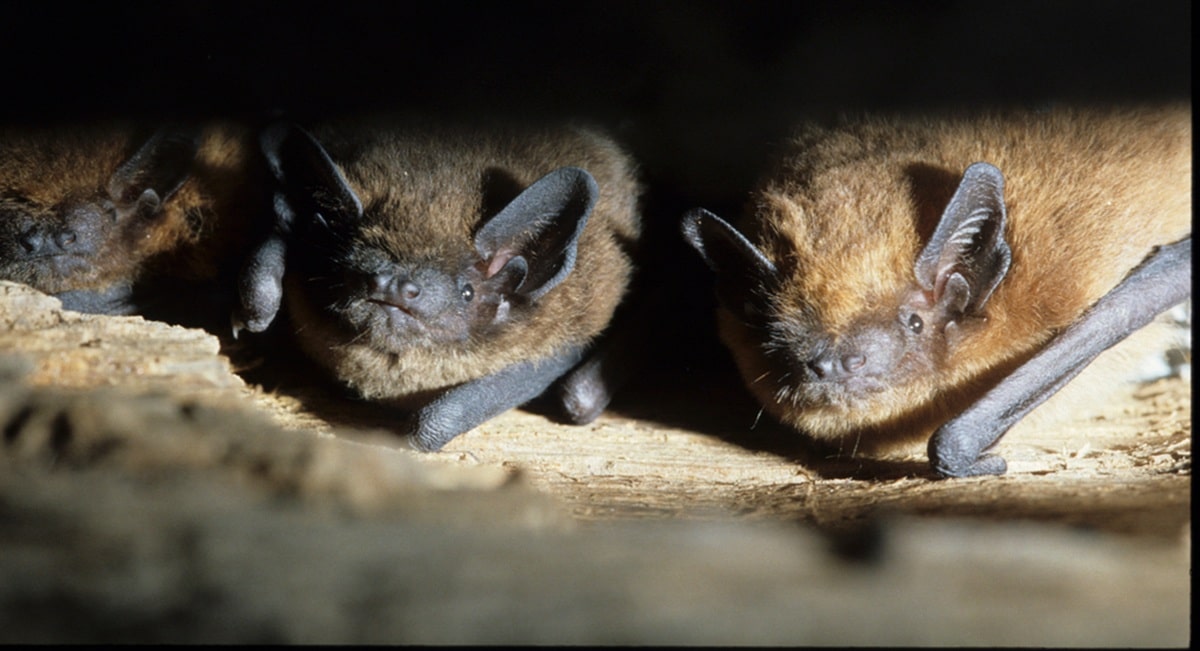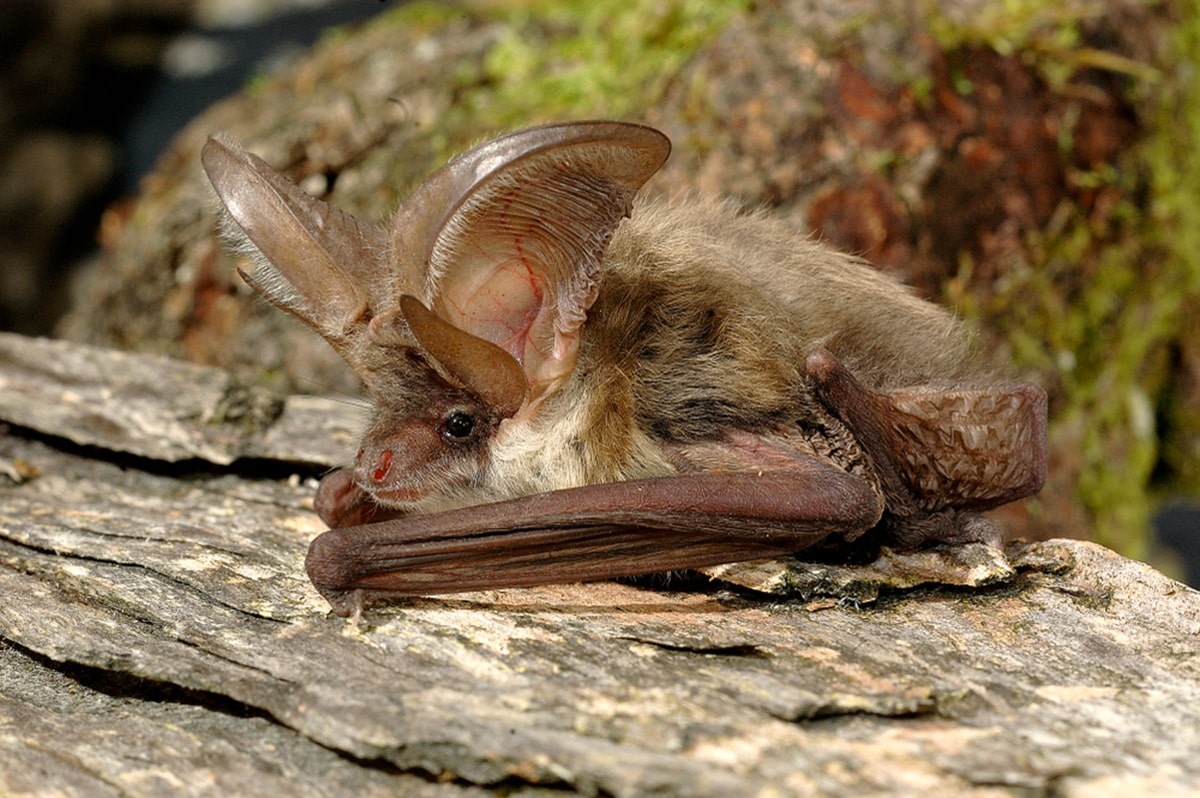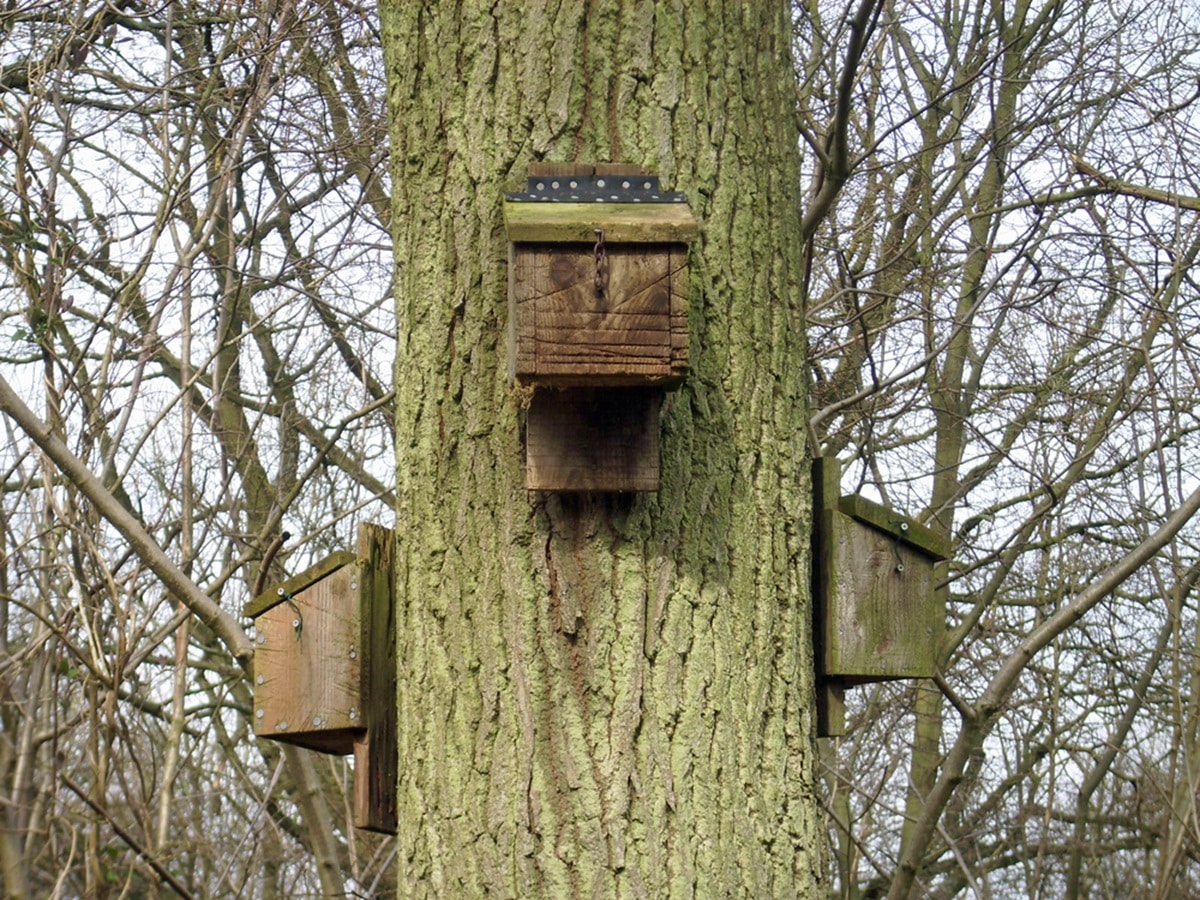The Ecological Outlook in South Yorkshire’s Green City
Known as the Outdoor City, Sheffield is uniquely positioned with the Peak District National Park on its doorstep and more trees per person than any other city in Europe. As such, Sheffield provides an exceptionally rich environment for wildlife, including several species of bats.
From the wooded valleys of Endcliffe Park to the riverside paths along the Don and Sheaf, and from post-industrial buildings to suburban lofts in areas like Nether Edge and Crookes, bats have found a variety of roosting and foraging opportunities across the city. Because of this, a bat survey in Sheffield is often required as part of planning applications to ensure that protected species are not disturbed or displaced by development.
Ideal Bat Habitat
Bats frequently roost in roof spaces, barns, bridges, tree cavities, and behind tiles or cladding. These spaces might seem insignificant, but they offer essential shelter and temperature regulation to support roosting bats. In a diverse and green urban environment like Sheffield, they are often located near parks, rivers, gardens and allotments which offer ideal feeding and commuting routes. As a result, works such as loft conversions, tree removals, or demolition of older buildings can inadvertently affect bat populations. This makes a bat survey in Sheffield a critical first step in many planning processes.

Legal Protection for Bats in England
All bats in England are strictly protected under the Wildlife and Countryside Act 1981 and the Conservation of Habitats and Species Regulations 2017. This means it is illegal to intentionally or recklessly disturb, injure, kill or capture a bat, or to damage or destroy a bat roost or obstruct access to a roost, even if it appears inactive. As a result, developers, homeowners and land managers must take proper precautions when undertaking work that may affect buildings or trees. Sheffield City Council, along with other local planning authorities in South Yorkshire, will typically require a bat survey if there is any possibility that bats could be affected by proposed works.
European Protected Species Licence
If bats, bat roosts or their natural environment are likely to be impacted, a European Protected Species Licence (EPSL) from Natural England will be required before any work can proceed. These licences are only issued when sufficient ecological survey work has been undertaken, and a clear mitigation strategy is in place. Engaging professional ecologists early on in a project can prevent delays and ensure legal compliance.
Bat Conservation in Sheffield and the Peak District
Sheffield is a stronghold for bat conservation thanks to its combination of green infrastructure and community awareness. Local groups such as the South Yorkshire Bat Group play an important role in educating the public, conducting research, and assisting with bat rescues. Their efforts, alongside national organisations like the Bat Conservation Trust, contribute to safeguarding bat species and habitats of ecological value on designated sites in and around the city.

Bat Species in Sheffield
Species commonly recorded in Sheffield include common and soprano pipistrelles, noctules, Daubenton’s bats, and brown long-eared bats. Some species favour woodland and watercourses, while others thrive in suburban gardens and urban rooftops. The variety of available habitats means that bat activity can be found in almost every corner of the city, from quiet woodland edges near Ecclesall Woods to urban hotspots in Kelham Island. Development near these habitats often triggers the need for a bat survey in Sheffield to ensure biodiversity is preserved.

When Is a Bat Survey in Sheffield Required?
A bat survey in Sheffield is generally required if a development proposal includes buildings, trees, or built structures with features that could be used as bat roosts or by commuting bats. This need is typically identified during a Preliminary Ecological Appraisal or flagged by planners based on the age, type, or location of the structure in question. The Preliminary Ecological Appraisal involves desk studies and a site investigation which may indicate the need for a Preliminary Roost Assessment.
Preliminary Roost Assessment (PRA)
The initial stage is a Preliminary Roost Assessment, where a suitably qualified ecologist visits the site to inspect for signs of bat presence. These signs may include droppings, feeding remains, grease marks, or small openings used by bats to access roosting spots.
The PRA survey aims to determine whether bats may be using the site. If any evidence of bats is found, further bat activity survey work is usually required.
Bat Emergence and Re-Entry Surveys (BERS)
Bat Emergence and Re Entry Surveys are seasonally constrained and must be carried out between May and September. These bat activity surveys monitor the site at dusk or dawn, when bats leave or return to their roosts. Using bat detectors to distinguish bat calls, night-vision and thermal cameras, ecologists can identify species and map bat activity.
By determining the ecological importance of the site, these bat scoping surveys may highlight the need for further protected species surveys, such as surveys for great crested newts or water voles.
Bat Survey Reports and Planning Support
Once survey work is complete, a detailed bat survey report is compiled. This document outlines the methods used, presents the findings, and includes photographs, site maps, and expert recommendations. If the surveys finds a likely absence of bats and the roosting potential is considered low, the report can be submitted to the local authority to support the planning application. With a confirmed roost, the report will include a mitigation plan and may advise applying for a bat licence before any development works can proceed.
Appropriate Mitigation Strategies
Mitigation measures vary depending on the site and species involved. These can include installing bat boxes, avoiding works during the bat breeding season, or integrating bat-friendly features into new buildings. Where a bat roost will be lost or disturbed, our team can prepare the EPSL application for Natural England, including all supporting documentation such as method statements and habitat enhancement proposals.

Bat Surveys in Sheffield
Our ecology consultancy offers expert bat survey services in Sheffield and UK-wide. We work closely with architects, developers, homeowners and planning consultants to identify potential ecological constraints early and find practical solutions that protect wildlife while supporting development goals. Our licensed ecologists have local knowledge and extensive experience of delivering surveys for everything from residential extensions and barn conversions to large-scale infrastructure projects, and are familiar with the requirements of Sheffield City Council and surrounding authorities.
We can provide preliminary ecological appraisals, preliminary roost assessments, bat emergence surveys (dusk and dawn re entry surveys), habitat surveys and a full range of other protected species surveys including surveys for great crested newts, badgers, nesting birds, and biodiversity net gain surveys.
We offer prompt, reliable and cost-effective ecological support to help you meet your legal obligations when it comes to protected species on a proposed development site.
Get in Touch for a Free Quote for Your Bat Survey in Sheffield
If you need a bat survey in Sheffield, contact our team today for a no-obligation quote. We will ask for your site address and a description of the proposed works, and we’ll advise you on the next steps. If a survey is required, we’ll arrange a suitable time to visit and guide you through the development process to help you achieve planning permission.
